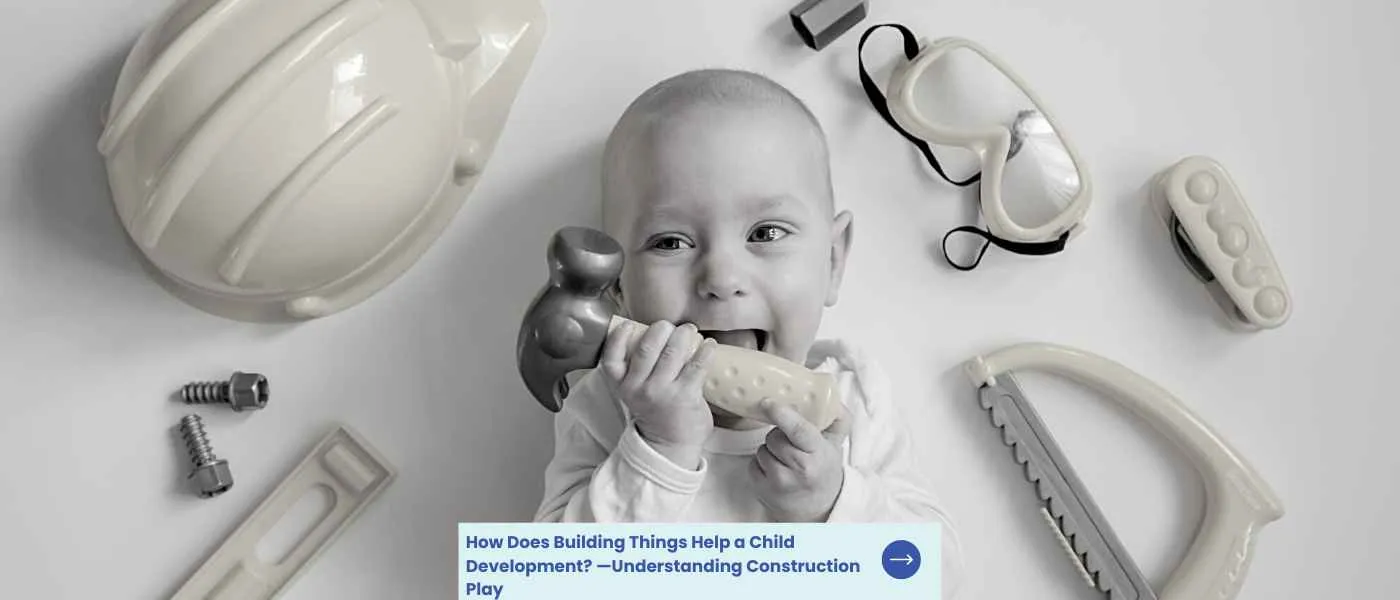Constructive play is an activity that has been around since the dawn of time, and it’s still a popular pastime today. From building sandcastles on the beach to constructing wooden furniture in our homes, this activity can have lasting benefits for children as they develop into adulthood. But does constructive play help with a child’s development?
In this blog post, we’ll explore how construction play can positively impact cognitive development, social and emotional growth, creative thinking and educational advantages for young learners.
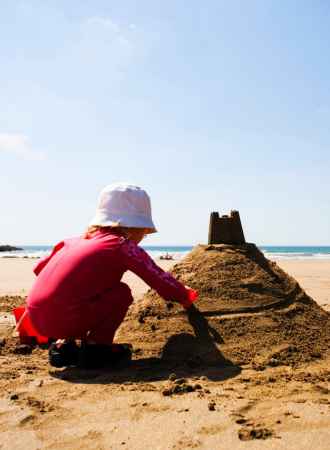
Key Takeaways on Construction Play Benefits
- Construction play is an engaging and educational activity that helps children develop a variety of skills while having fun.
- Playing with building and construction toys can help a child develop cognitively by improving analytical thinking, engineering skills, spatial reasoning and memory retention.
- Constructive play helps to develop a child’s creative thinking, encouraging them to explore new ideas and concepts, develop unique solutions to problems, and expand their understanding of the world around them.
What Is Construction Play?
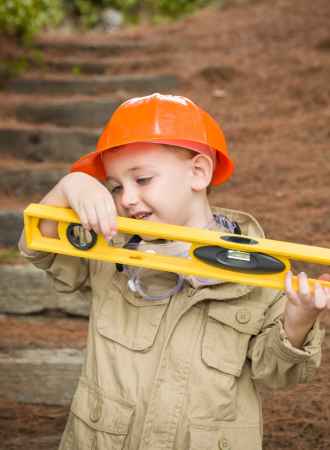
Construction play is an activity that comes in many forms in which children use their imagination and creativity to build structures and objects using various materials. These materials can be toys specifically designed for construction play, such as building blocks, Lego sets, or puzzles, or even everyday items like cardboard boxes, sticks, and stones.
Construction play is not just about building physical structures. It involves a wide range of skills encouraging children to play physically and mentally. For example, it helps kids develop their hand eye coordination as they manipulate small objects and fit pieces together. It also enhances their problem-solving and critical thinking skills as they figure out how to build complex structures and overcome obstacles in the construction process.
Moreover, construction play encourages children to use their creativity and imagination as they design and build their creations. It allows them to experiment with different shapes, sizes, colors, and textures and explore different concepts, such as balance and stability.
Construction play can be enjoyed by children of all ages, from toddlers to teenagers. It can be a solo activity or a collaborative effort with siblings or friends. In fact, construction play can be a great way for children to socialize and learn how to work together in a group.

What Are the Many Benefits of Construction Play?
Constructive play refers to activities that involve creating, building, and designing, and is known to promote cognitive, social, emotional, and physical development in young children.
Here are the numerous benefit of constructive and cooperative play:
Cognitive Skills Development
Building toys such as wooden blocks can help kids learn and develop cognitive skills such as memory retention. They also learn how to think critically and analyze situations in order to complete tasks. This helps them develop important cognitive skills that will benefit them in the future.
Problem-solving is an essential skill for young learners as it allows them to identify issues and find creative ways of resolving those issues. Building toys provide opportunities for children to practice this skill by having them figure out how different pieces fit together or which pieces need adjustment in order for something else work properly.
Memory retention is an essential element when it comes to learning new concepts or ideas; being able to recall information quickly can be beneficial when trying to solve complex problems or troubleshoot technical issues in the future.
Physical Development
Construction play is a type of play that helps kids develop motor skills such as fine motor skills, gross motor skills, and hand-eye coordination.
Fine motor development involves the use of small muscles in the hands and fingers to manipulate objects. Building toys allow children to practice these movements by manipulating pieces of a toy or structure. This helps them become more adept at using their hands for activities such as writing or drawing.
Gross motor skills involve larger muscle groups used for physical activities like running or jumping. By building with blocks, puzzles, and other construction sets, children can gain better control over their bodies when it comes to physical activities. They learn how to coordinate different body parts together in order to complete tasks successfully.
Hand-eye coordination is an important skill that allows us to accurately judge distances between objects and react quickly when needed. Banging blocks and building toys provide opportunities for children to practice this skill by requiring them to carefully place pieces into specific slots while maintaining balance on the structure they are creating.
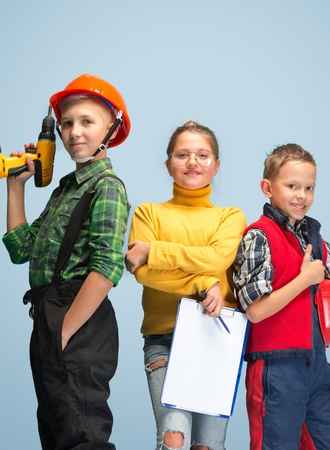
Social and Emotional Development
Building toys can be a great way to help children develop emotional and social skills. Through the process of constructing a toy or structure, children learn how to work together with others in order to achieve a common goal. This helps them build strong relationships with those around them which is essential for healthy development in the long run.
Constructing something out of building blocks or other materials encourages children to take pride in their accomplishments and builds self-confidence. It also teaches them that they are capable of achieving goals when they put their minds to it, even if it takes some time and effort.
When children create structures as part of a team allows children to practice collaboration skills such as communication, conflict resolution, compromise, negotiation, and decision making while having fun! It also teaches kids how important it is to listen carefully and respect each other’s opinions so that everyone can reach an agreement without feeling left out or unheard.
Language Skills
Children learn faster through play and constructive play can help develop a child’s language skills in several ways.
Children engage in construction play, they may naturally begin to use descriptive language to talk about what they are building, such as the color, size, and shape of the blocks. Building structures with others encourages collaboration and communication, which in turn helps children learn to express their thoughts and ideas.
Construction play provides opportunities for children to use problem-solving skills, which can enhance their ability to use language to explain their thought processes. As kids play, it may stimulate imaginative play, which encourages children to use language to create narratives and tell stories. Block play can also help children learn new vocabulary related to building and construction.
Creative Thinking and Imagination Development
Pretend play with building materials can inspire children to use their creativity in order to come up with creative solutions that may not have been thought of before. This helps them become more open minded and develop creativity when it comes to solving problems which is an important skill for success later on in life.
When building a toy or moving blocks and other loose parts, children are exposed to different materials, shapes, colors and textures which encourages them to explore new ideas and concepts. By manipulating these objects they can create something unique that reflects a child’s imagination and their own individual creativity.
As they work through the construction process they learn how different pieces fit together while also learning about cause-and-effect relationships as well as trial-and-error experimentation.
As a child engages in imaginary play during their early years, it promotes divergent thinking and allows them to think outside the box when it comes to solving problems. They must use their imaginations in order to come up with innovative solutions that will make their creations functional or aesthetically pleasing.
This type of critical thinking teaches kids how to approach problems from multiple angles instead of just one perspective which is essential for successful decision making later on in life.
Constructing a toy requires concentration and focus, but it also encourages curiosity about the world around us. Questions such as “how does this work?” or “what happens if I do this?” spark inquisitive mindsets that lead kids down paths towards further exploration into science, technology, engineering and mathematics (STEM).
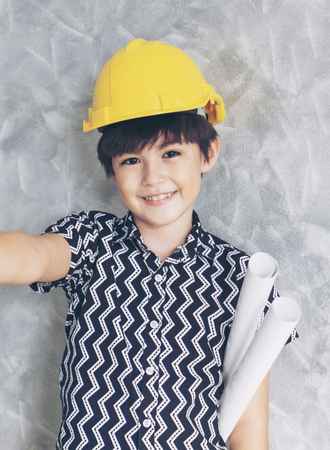
Educational Benefits of Building Toys for Children
By engaging in activities that involve construction projects or puzzles, children are able to enhance their math, science, engineering technology, art skills while also developing critical thinking abilities and increasing knowledge retention.
Enhancing math, science, engineering technology and art skills
Through building toys such as blocks or LEGOs® with or without adult support, children are able to develop math skills and a better understanding of mathematical concepts such as counting numbers, basic geometry and shapes.
They can also explore the principles of physics by constructing structures with different materials like wood or plastic. Furthermore, they can use these tools to create works of art and solve problems, which helps them understand the basics of design elements such as color theory and composition.
Developing critical thinking abilities
By playing with building toys regularly, children are encouraged test ideas and to think critically about how things work together. For example ,they may have to figure out how pieces fit together in order to complete a project or puzzle. This type of analytical thinking encourages kids to use logic and reasoning skills which will help them later on when faced with more complex tasks .

Increasing knowledge retention
Kids love to play and playing with building toys is not only fun, but it is also educational at different stages of play. Through hands-on learning experiences, kids gain valuable knowledge that sticks with them long after playtime is over.
As they construct objects from various materials, they become familiarized with new terms related to architecture, engineering and other fields which increases their overall knowledge base.

